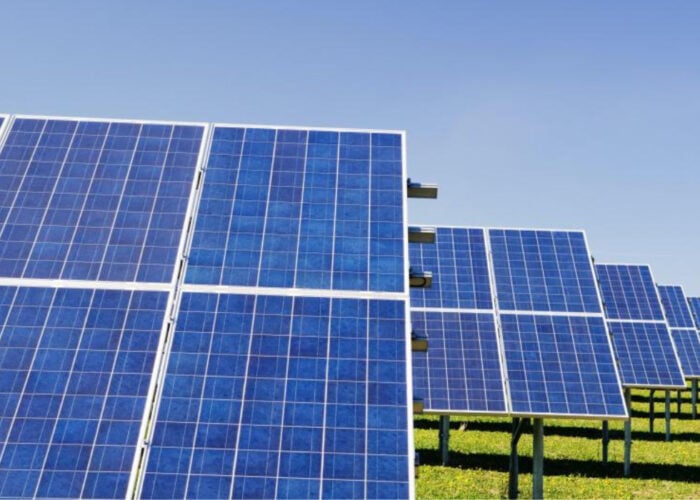A programme for introducing 500MW capacity of solar power in Bangladesh will cost an estimated US$2.76 billion, according to a document issued by the government’s Ministry of Power, Energy and Mineral Resources.
Around US$1.77 billion will be required for commercial projects, while development partners will offer financial support of around US$2.23 billion, consisting of US$1.38 billion in grants and US$0.85 billion in credit. The remainder of financing is expected to come from government and private sector.
Unlock unlimited access for 12 whole months of distinctive global analysis
Photovoltaics International is now included.
- Regular insight and analysis of the industry’s biggest developments
- In-depth interviews with the industry’s leading figures
- Unlimited digital access to the PV Tech Power journal catalogue
- Unlimited digital access to the Photovoltaics International journal catalogue
- Access to more than 1,000 technical papers
- Discounts on Solar Media’s portfolio of events, in-person and virtual
The government intends to bring total power generation for the country to 16,000MW by 2015, of which it intends to generate 800MW from renewable energy sources. The 500MW of solar, as a proven abundant resource in Bangladesh, will account for the majority of that figure. In order to reach a “dependable generation output” of 800MW, the country expects to install somewhere between 1GW and 1.2GW in renewable energy capacity.
The Asian Development Bank (ADB) declared its intention to push renewable energy development in the Asia-Pacific region up to 3,000MW of solar power by 2013, introducing the Asia Solar Energy Forum (ASEF) in 2010 as a means of advancing its Asia Solar Energy Initiative (ASEI). At the July 2010 ASEF event, ADB signed an agreement with Bangladeshi prime ministerial advisor Taufiq-e-Elahi setting the government’s own 500MW plan in motion.
There will be two elements: 340MW of commercial private sector use and 160MW of social sector projects. Projects will be spread across a diverse range of applications, with commercial to include 10,000 solar irrigation pumps for rice production, which is intensive in its use of water, mini-grid solar power systems for remote areas and islands, 100-150MW capacity in solar parks and 10MW in rooftop solar power generation. Social projects will include solar electrification at railway stations, at village information stations, solar LED street lights; solar installation in religious establishments, especially in remote areas, and solar power for government buildings.







